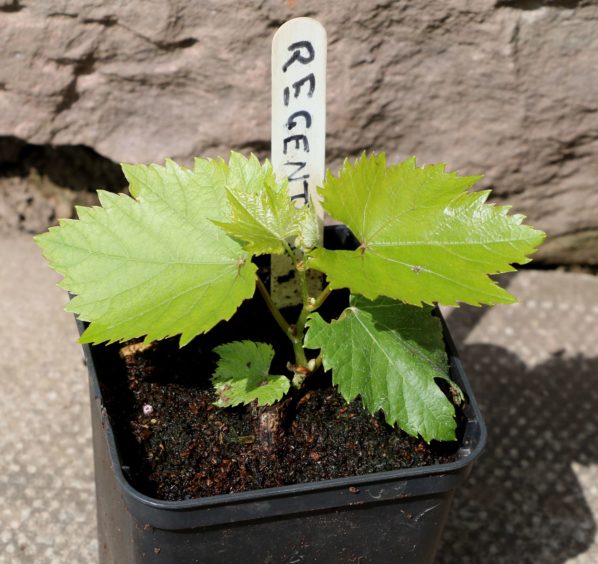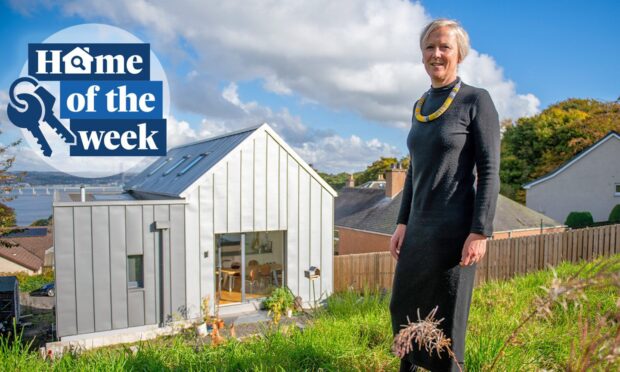As a young gardener, plant propagation was a very important topic.
Apprentices got both practice and lectures on the techniques employed at college.
This knowledge was enhanced with time spent in the greenhouses at Camperdown Park and the outdoor nursery.
We were taught how to take outdoor hardwood cuttings and indoor softwood cuttings.
We were always keen to learn how to propagate all kinds of plants, as during the hard times 50 years ago it was a way to create an attractive garden at home with plants for free from a few cuttings found here and there.
This also gave us the chance to replace the large drifts of London Pride ground cover which most gardens had in abundance.
Today we still propagate plants all year round in our own gardens to create a display, or to give a few spare special plants to friends and family as well having a few for our City Road allotments Open Day in Summer when we invite the public in to see what we grow on our plots.
In early winter we take hardwood cuttings of currants and gooseberries and numerous flowering shrubs.
Use current growth about nine inches long and line out four inches apart in rows a foot apart in open ground or in a cold frame if one is available.
This gives some protection in winter. The cuttings will root and begin to grow the following year when they are carefully lifted and either potted up or lined out about six to ten inches apart to grow on to form a sturdy plant a year later.
This is also a good time to grow grape vines and figs, but these are best grown in pots and kept in a greenhouse where it is warmer.
However as soon as they have made a decent bit of growth usually by June they can be potted up individually.
In early spring the Christmas cactus, Zygocactus truncatus will be approaching its growth phase, so this is a good time to propagate it from cuttings about four inches long.
I usually place about three shoots together in a small pot and keep them on a windowsill that does not get much sun till they are rooted and beginning to grow, when they can then go in full sun.
Geraniums and Impatiens must be some of the easiest plants to propagate.
Start to take cuttings in autumn.
Place short tips of geraniums individually cellular pots in well drained compost.
However the Impatiens are best rooted in a wee jar of water where you can see the roots emerge before potting up.
They grow fast and soon you will have a small flowering house plant over the winter.
They can also set seed in late winter and this can be scattered in a seed tray to germinate and grow on then as soon as they are big enough to handle prick them out into cellular pots.
Fuchsias can be grown from cuttings taken in autumn or late spring.
Take the top shoot about three inches long and place in cellular trays in well drained compost and cover over with a polythene bag to maintain a moist atmosphere.
They will root in four to six weeks.
Spring is a great time for propagating numerous rock garden plants.
Phlox, Aubrietia and Delosperma can often be taken as shoots with some roots on them as these ground hugging plants will layer as they spread.
Dwarf Japanese Azaleas will also layer and root as they grow and cuttings taken in spring root fairly easily.
Summer is a great time for propagating strawberries from runners which root once the tip is secured to the soil.
Border carnations and Pinks are also propagated in summer from growing shoots but avoiding flowering shoots.
Use growths about four inches long placed in a sandy compost in pots kept in a cool spot outdoors.
Wee jobs to do this week
Greenhouse crops of tomatoes and grapes will now be in full growth so encourage this with extra feeding especially for the tomatoes.
Give them a weekly liquid tomato feed, but I give my vines a feed once a month.
Side shoot removal on tomatoes is a regular chore as they are grown as upright single stemmed cordons and grapes also need to be kept in check as they would love to run riot if given half a chance.
All sideshoots must be cut back after one leaf but if growth is plentiful then start removing side shoots entirely to allow light and sun in to ripen up the fruit.
Give full ventilation on all warm sunny days to prevent any build up of diseases.
















